The Collector
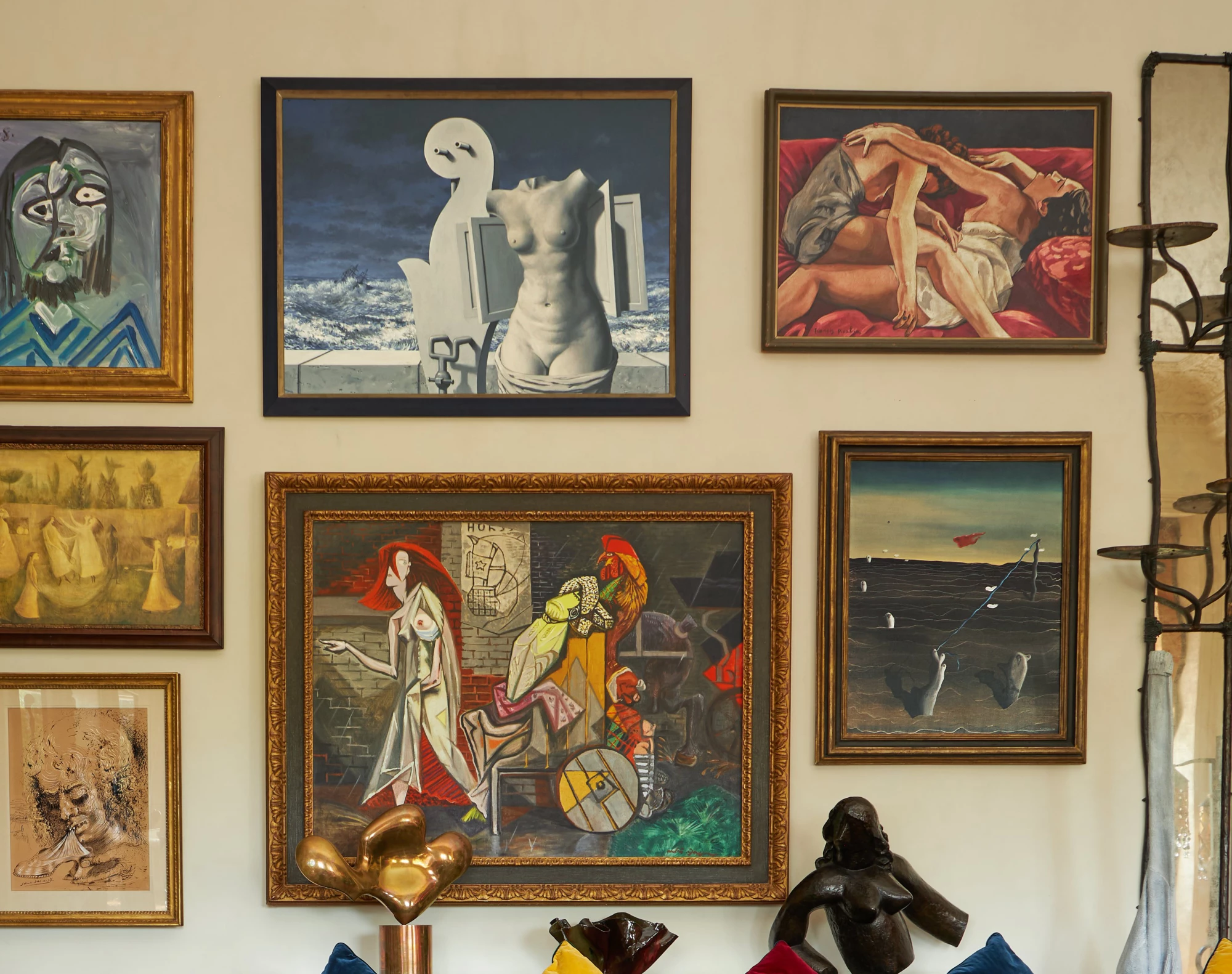
The Collector: Pauline Karpidas
The Collector 03/12/2025
Pauline Karpidas is known for her significant private collection of Surrealist masterpieces. In 1974, Karpidas persuaded the legendary Greek-American gallerist Alexander Iolas out of retirement to advise her burgeoning collection.
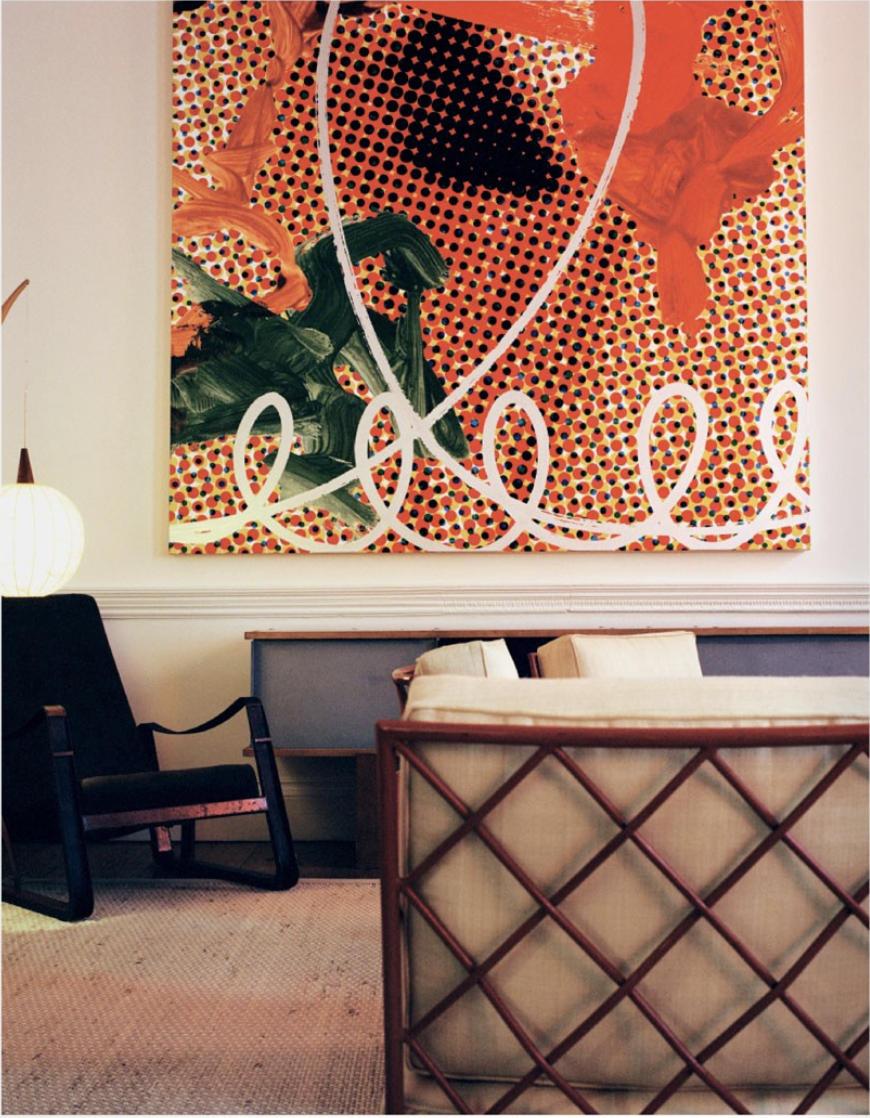
The Collector: Maja Hoffmann
The Collector 12/11/2025
Maja Hoffmann is a Swiss art collector, benefactor, philanthropist, and film producer.
Hoffmann is the great-granddaughter of Fritz Hoffmann-La Roche, who founded the pharmaceutical enterprise Hoffmann-La Roche. Her grandparents were businessman Emanuel Hoffmann and sculptor Maja Hoffmann-Stehlin. They began collecting artworks by Marc Chagall, Hans Arp, Max Ernst, and others while living in Brussels in the 1920s, advised by the dealer Walter Schwarzenberg.
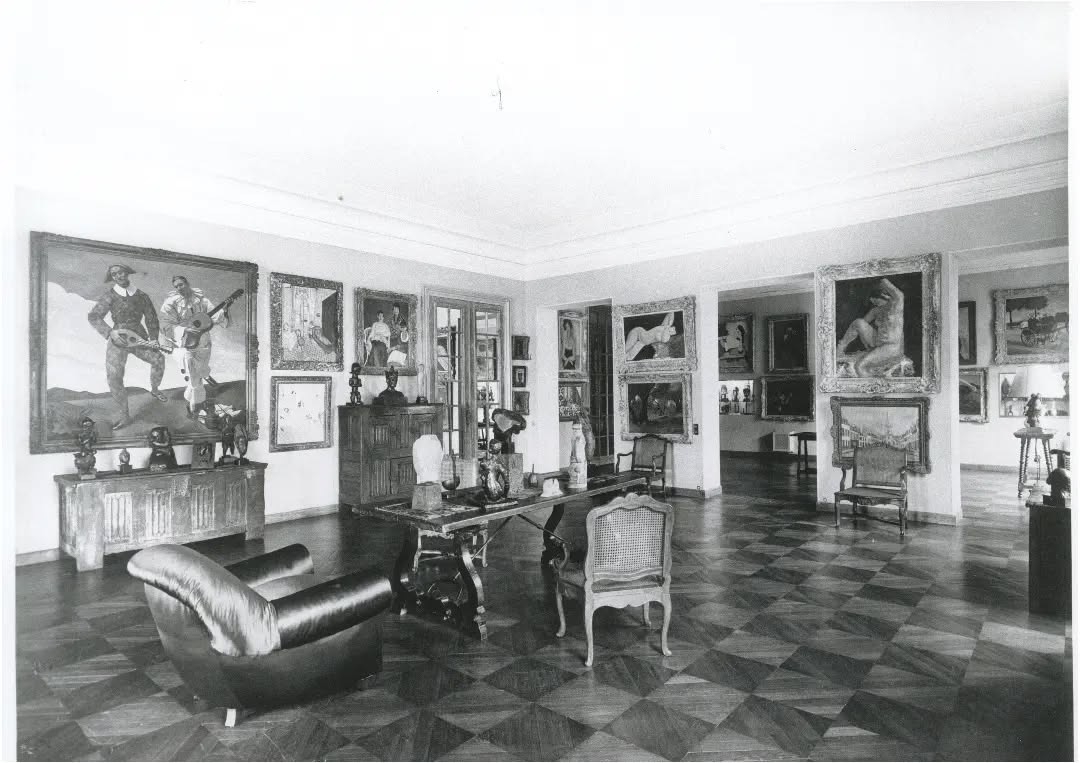
The Collector: Paul Guillaume
The Collector 05/11/2025
Paul Guillaume (1891-1934) rose from humble beginnings to become one of the leading art dealer-collectors of Paris in the early twentieth century. As a young man, he worked in an upscale garage that imported rubber for tires from the French colonies. Occasionally, the shipments would include African sculptures.
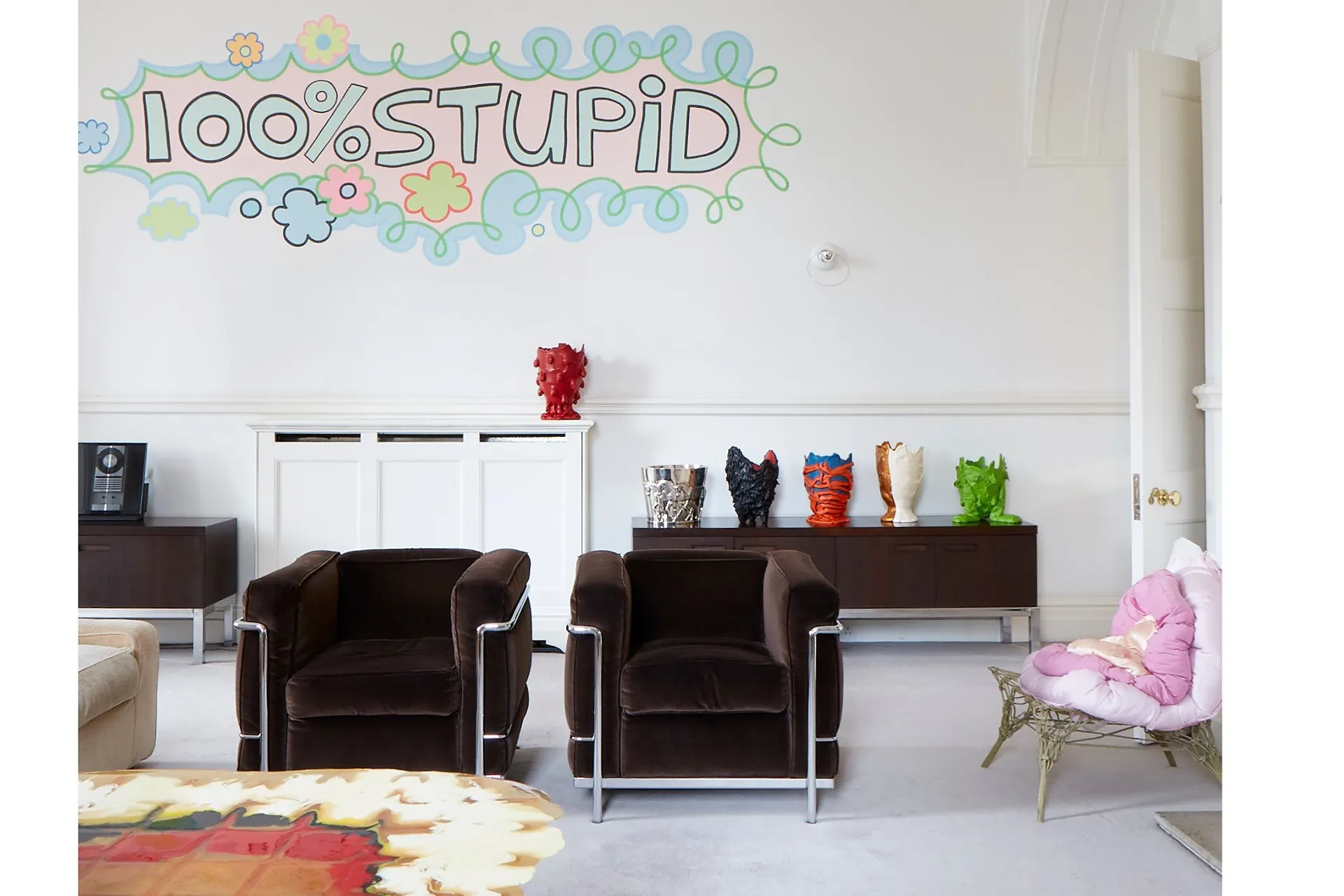
The Collector: Valeria Napoleone
The Collector 30/10/2025
Valeria Napoleone exclusively collects works by women artists, creating “a choir of female voices who have been silenced throughout art history.” The Italian collector’s taste is eclectic, bright, and playful. “I don’t like artists–or people, for that matter–who take themselves too seriously,” she said.
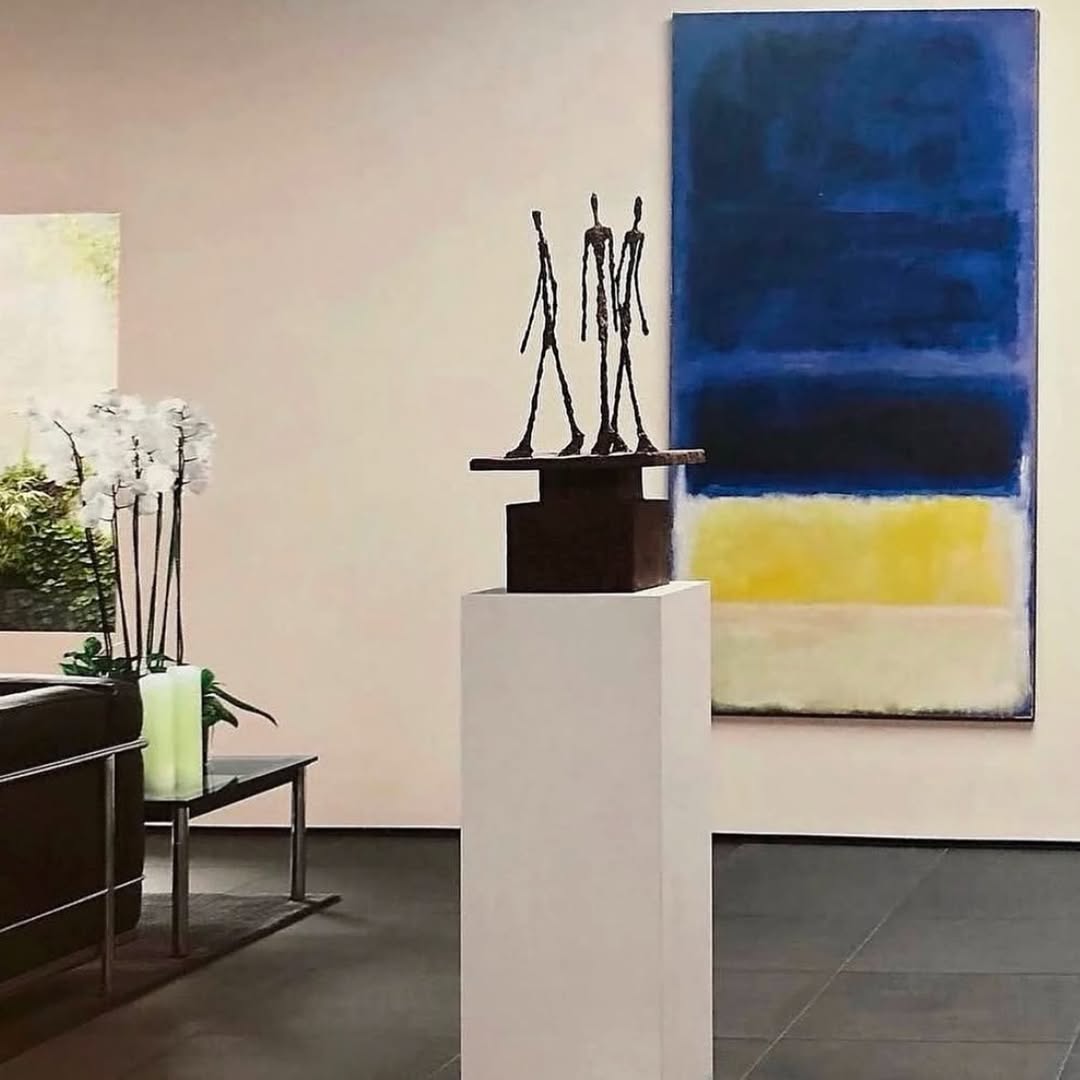
The Collector: Esther Grether
The Collector 25/10/2025
Consisting of over 600 pieces, Esther Grether’s collection of 20th-century art included works by Pablo Picasso, Paul Cézanne, Salvador Dalí, and Francis Bacon.
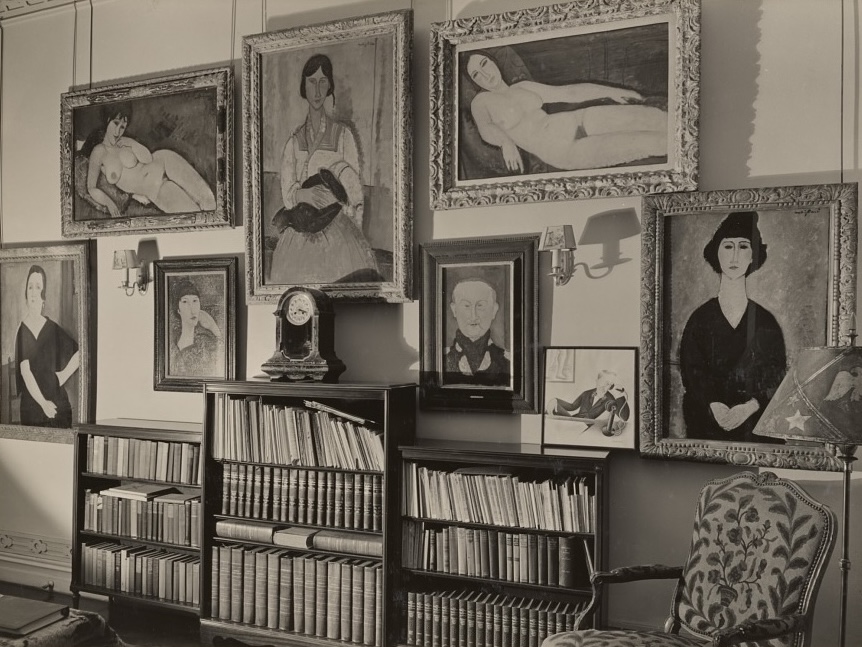
The Collector: Chester and Maud Dale
The Collector 25/10/2025
The couple’s collection contained over 700 works including masterpieces of late 19th- and early 20th-century French paintings.
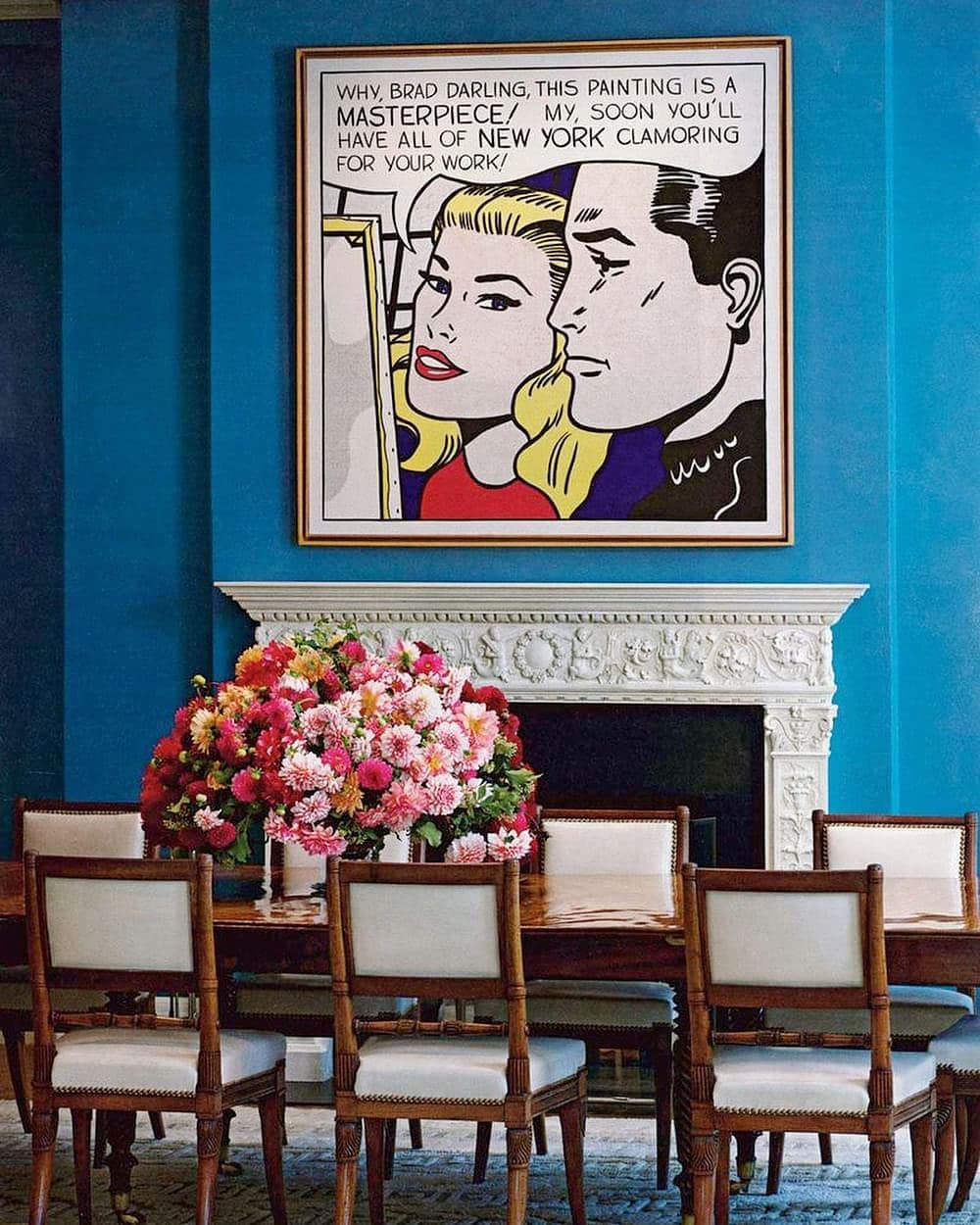
The Collector: Agnes Gund
The Collector 24/09/2025
Agnes Gund was a collector and patron who championed contemporary arts, uplifted marginalized artists, and treated philanthropy like a full-time job.
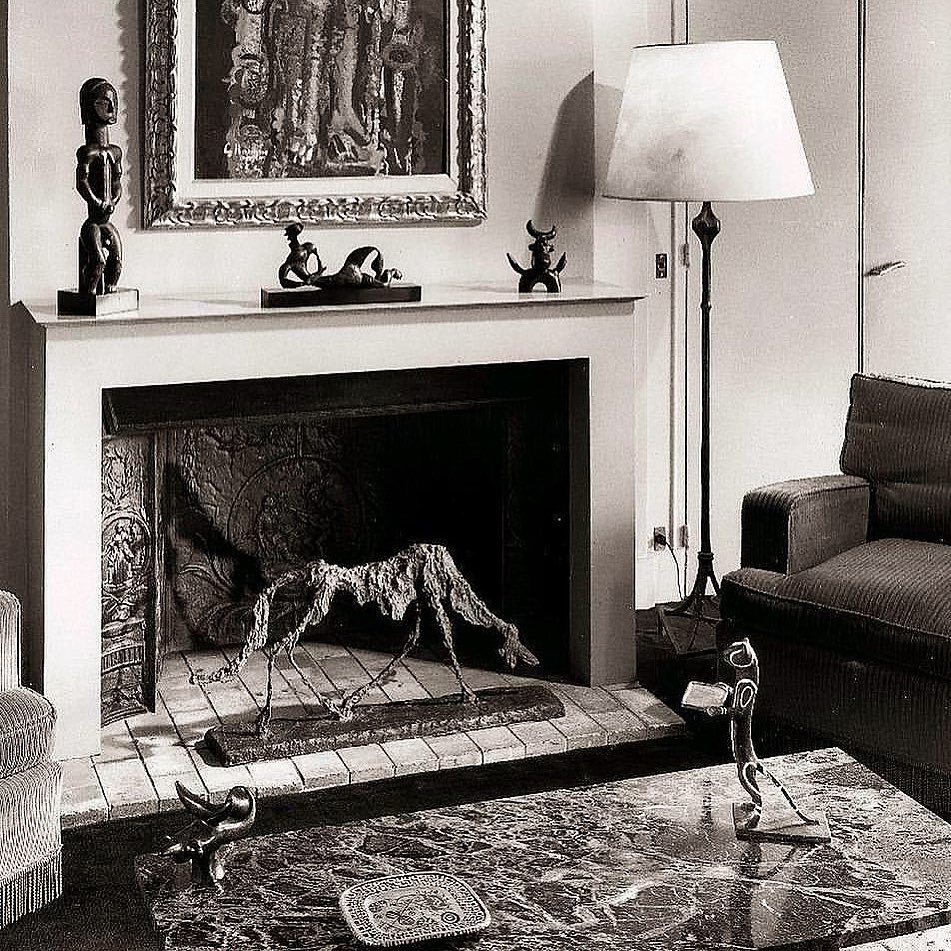
The Collector: Aimé and Marguerite Maeght
The Collector 17/09/2025
Joan Miró once said that Aimé Maeght has “a personality that will leave its mark on the artistic world of the 20th century.” Indeed, alongside his wife, Marguerite, Aimé would be a preeminent post-war French art dealer, publisher, and collector.
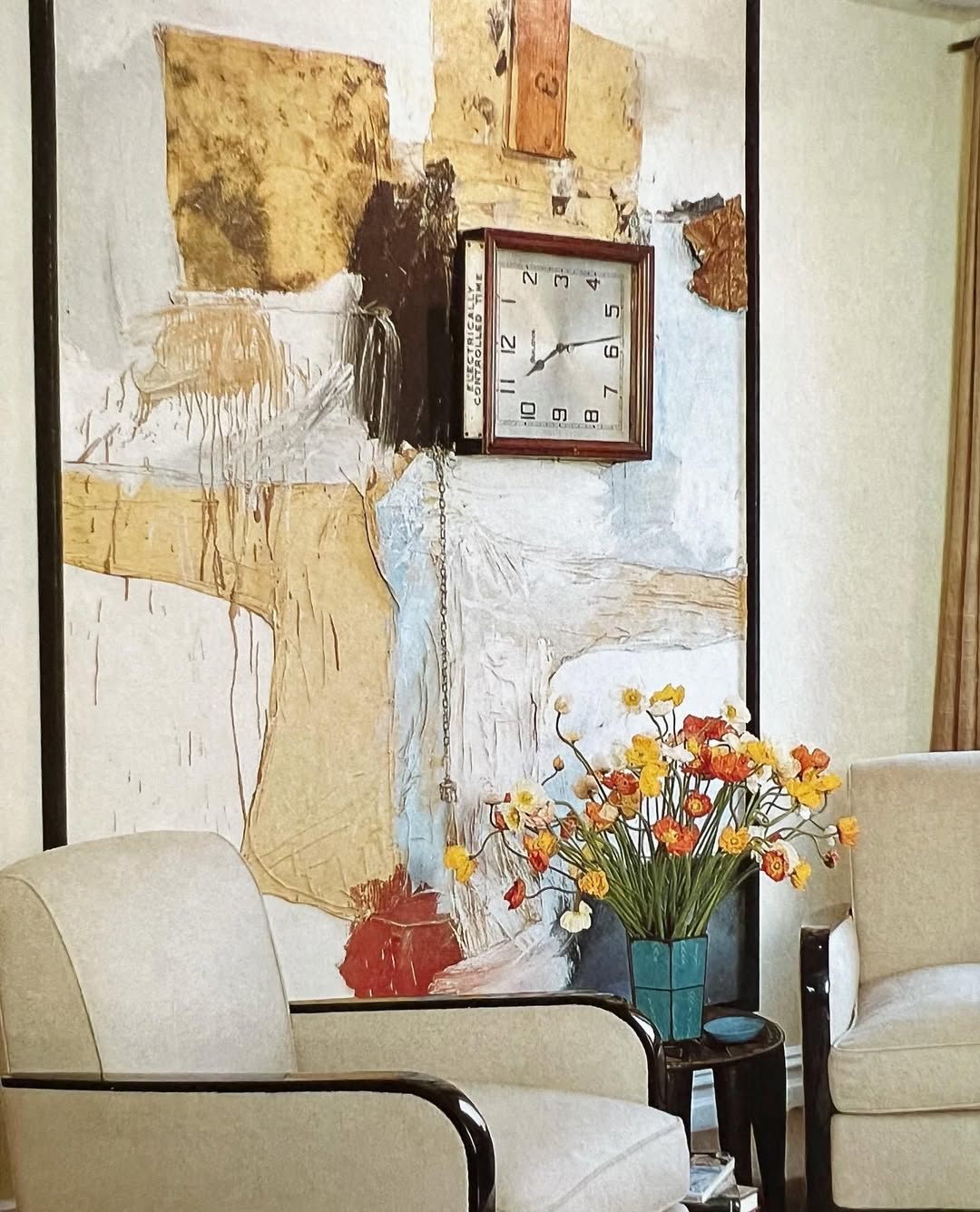
The Collector: Thomas H. Lee and Ann Tenenbaum
The Collector 10/09/2025
The late collector and philanthropist made his fortune through private equity and was a frequent presence at Christie’s and Sotheby’s in the mid-1990s, spending top dollar for postwar and contemporary pieces.
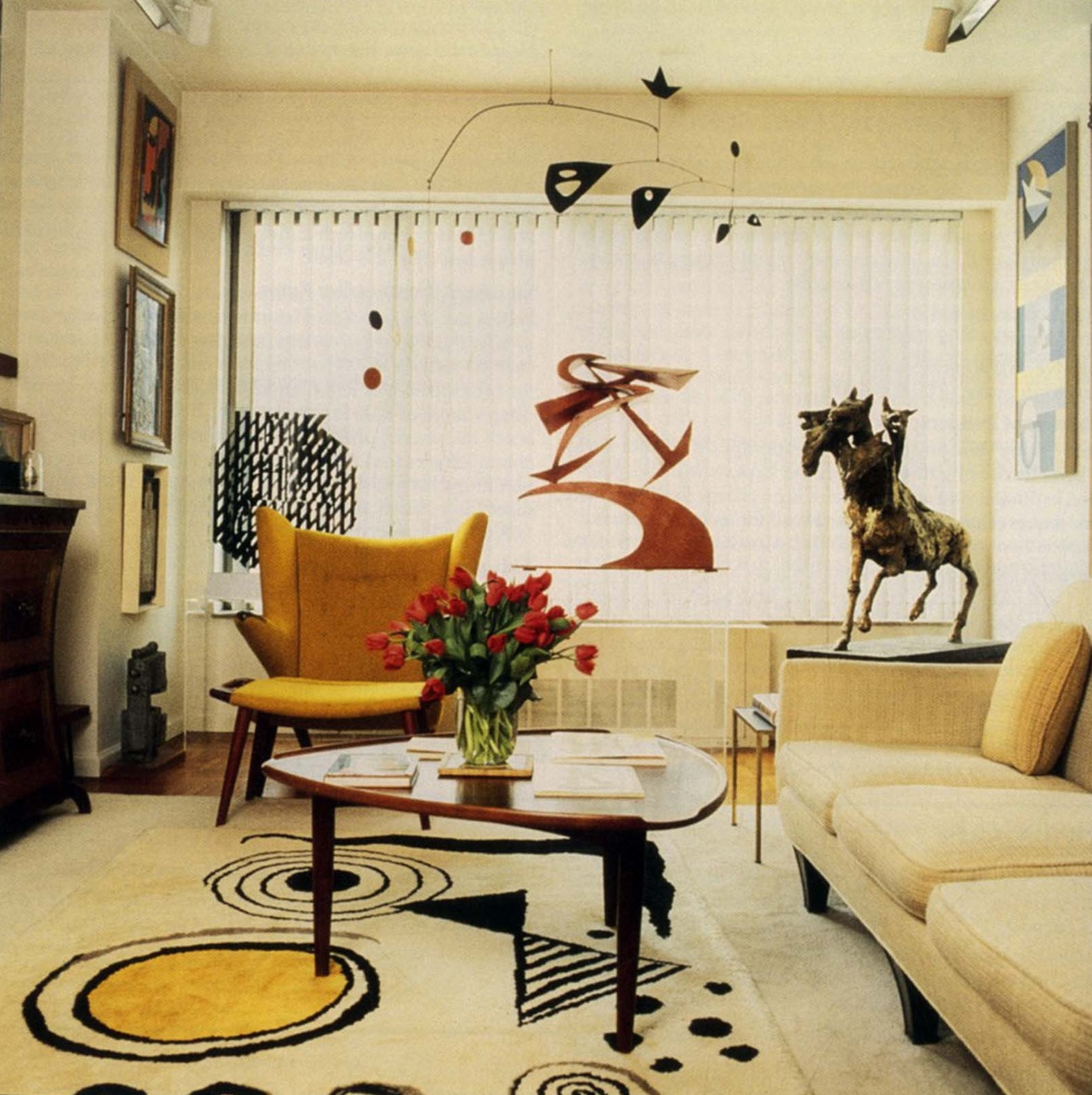
The Collector: Lydia Winston Malbin
The Collector 03/09/2025
The art collector and patron Lydia Winston Malbin acquired an impressive collection of 20th century works and was particularly drawn to Italian Futurism.
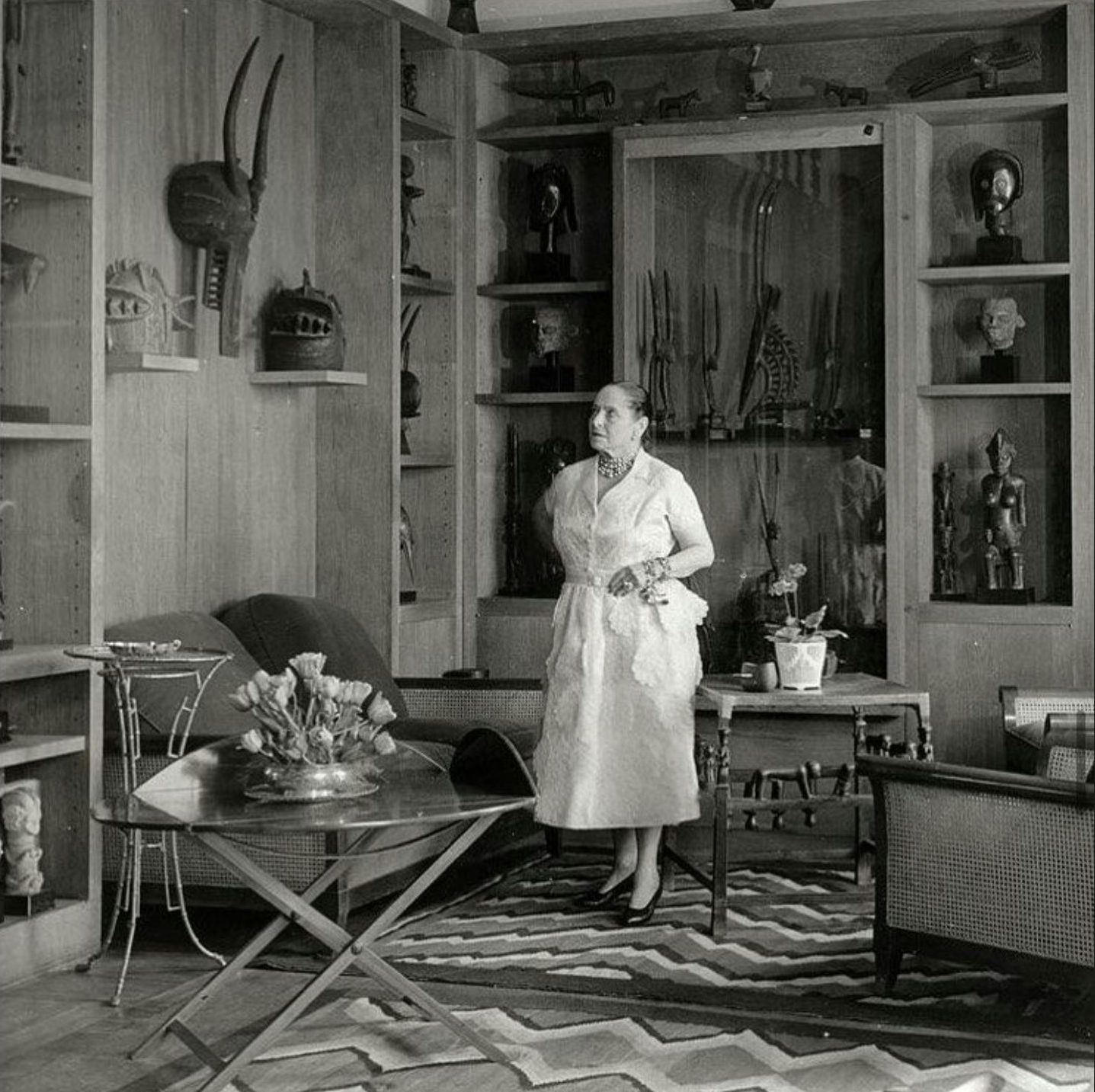
The Collector: Helena Rubinstein
The Collector 28/08/2025
The cosmetics tycoon’s purchases were driven by instinct and sentimental value rather than market value. “When I bought a picture because I thought I was getting a bargain, it most often turned out to be a mistake,” she once said. “But when I purchased what I knew gave me real inner joy, or because I wanted to encourage an artist whose talent I recognized, I usually chose well.”
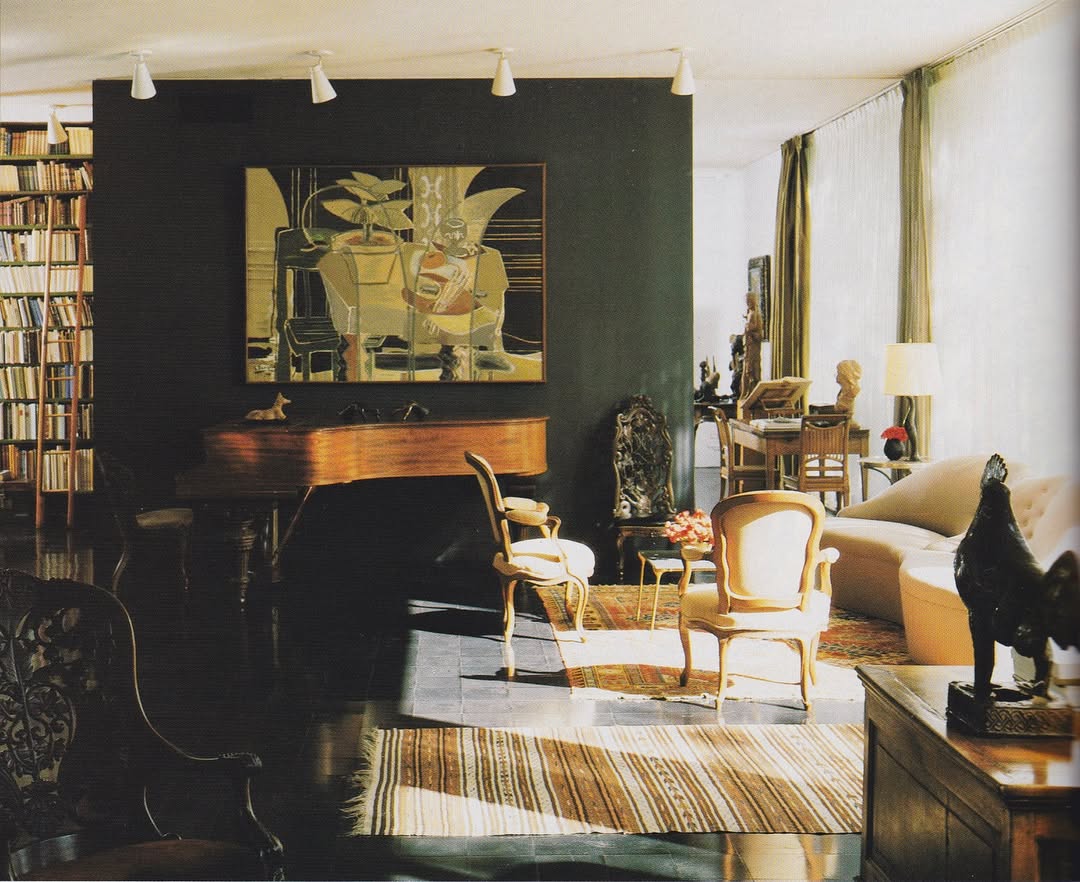
The Collector: Dominique and John de Menil
The Collector 20/08/2025
Often considered the “Medici family” of modern art, Dominique and John de Menil established a singular style of modernism paired with an appreciation for antiquity.
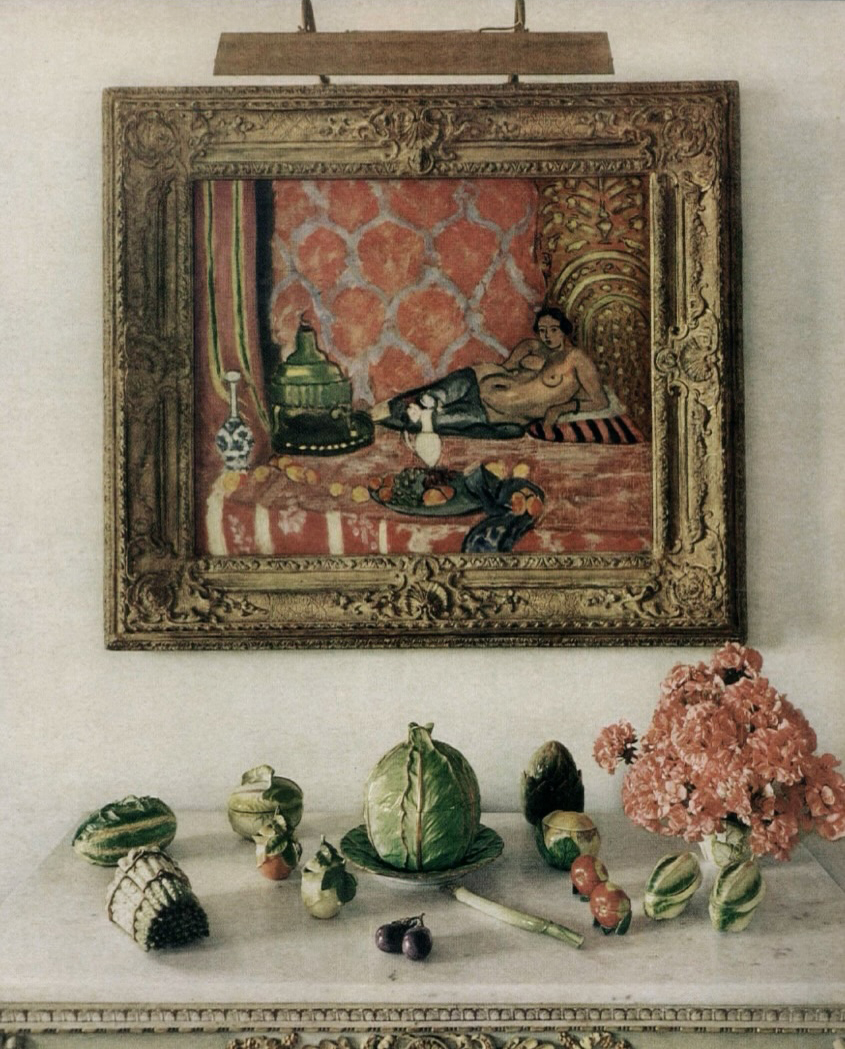
The Collector: Enid A. Haupt
The Collector 13/08/2025
Enid A. Haupt, a noted philanthropist and horticulturist, made her living spaces into still lifes. Haupt filled her homes with works by 21st century artists like Giacometti, Moore, and Rothko, European furniture and decorative art, Chinese furniture and ceramics, 19th century porcelain and silver, and greenery.
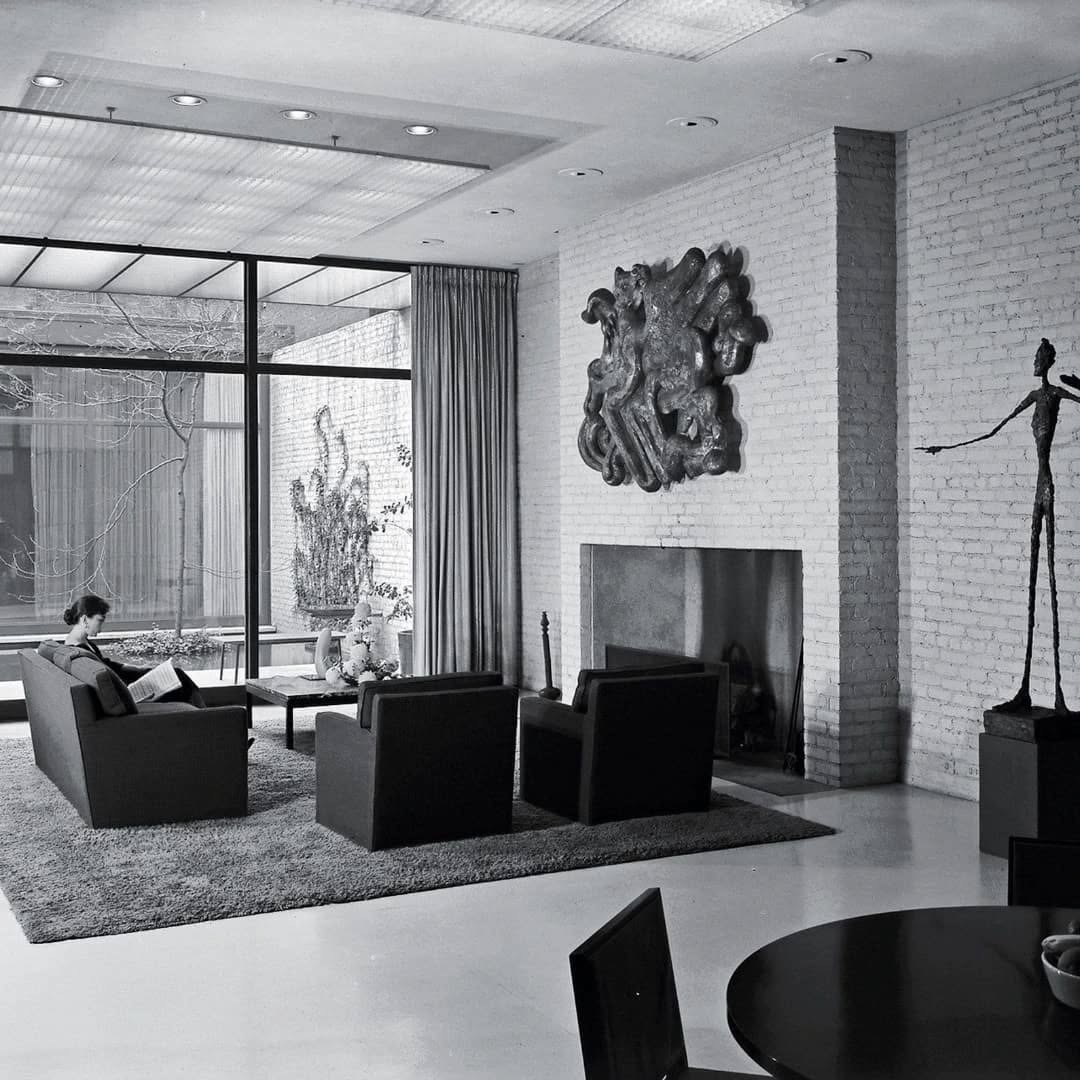
The Collector: Blanchette Rockefeller
The Collector 11/08/2025
Tucked away on a quiet block in Manhattan’s Turtle Bay neighborhood is Philip Johnson’s Rockefeller Guest House, commissioned in 1948 by Blanchette Rockefeller.

The Collector: Ben Heller
The Collector 06/08/2025
Mark Rothko once dubbed Ben Heller’s apartment “the Frick of the West Side.” The textile executive and New York native filled his home with works by Pollock, Kline, Newman, Giacometti, Johns, Gorky, and Still, alongside pre-Columbian, African, and ancient sculpture.

The Collector: S.I. Newhouse Jr.
The Collector 30/07/2025
S.I. Newhouse Jr., the late co-owner of the Condé Nast media empire, began collecting in the mid-1960s and soon owned numerous postwar masterpieces by the likes of Piet Mondrian, Willem de Kooning, Jackson Pollock, Helen Frankenthaler, Mark Rothko, and more.

The Collector: Stefan Edlis
The Collector 16/07/2025
The late Stefan Edlis and his wife Gael Neeson are celebrated as much for their philanthropy as their collecting. The couple initially bought works made in plastic but soon focused on modern European and Pop works by Jasper Johns, Roy Lichtenstein, and James Rosenquist. “Most of the sophisticated collectors were buying Abstract Expressionism,” Neeson said in a 2020 interview. “We discovered you could buy art that had just been painted, not just work out of books. And that was even more exciting.” Among their first big purchases was Mondrian’s “Large Composition With Red, Blue, and Yellow” for $675,000—a bargain price today but a big sum in 1977.

The Collector: David Geffen
The Collector 09/07/2025
The entertainment mogul and arts philanthropist David Geffen has acquired one of the most admired—and valuable—collections of postwar American art. His collection is relatively small compared to that of other billionaires—supposedly around 50 pieces—but his savvy taste and deal-making skills have earned him exceptional works by David Hockney, Jasper Johns, and Jackson Pollock. “Piece for piece, work for work, there’s no collection that has better representation of postwar American art than David Geffen’s. Period,” former LACMA curator Paul Schimmel once said. “It is to postwar American Art what the Frick Collection is to Old Master painting.”
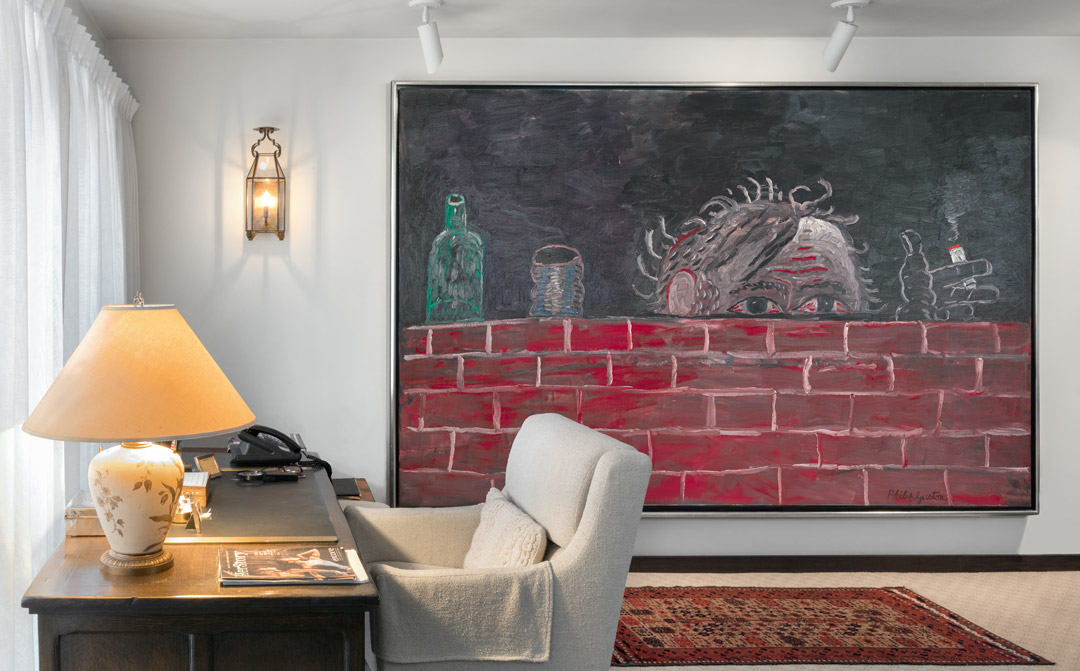
The Collector: Richard E. Lang and Jane Lang Davis
The Collector 25/06/2025
The Lang Collection is connected by a focus on Abstract Expressionism and shows the influence of the European Surrealists, which inspired many artists of the New York School.

The Collector: Bunny Mellon
The Collector 04/06/2025
Rachel Lambert Mellon (1910 -2014), better known as Bunny, was a gardener, horticulturist and wife of billionaire philanthropist Paul Mellon. A close friend of Jackie Kennedy, she created the White House Rose Garden which still grows according to her plans.
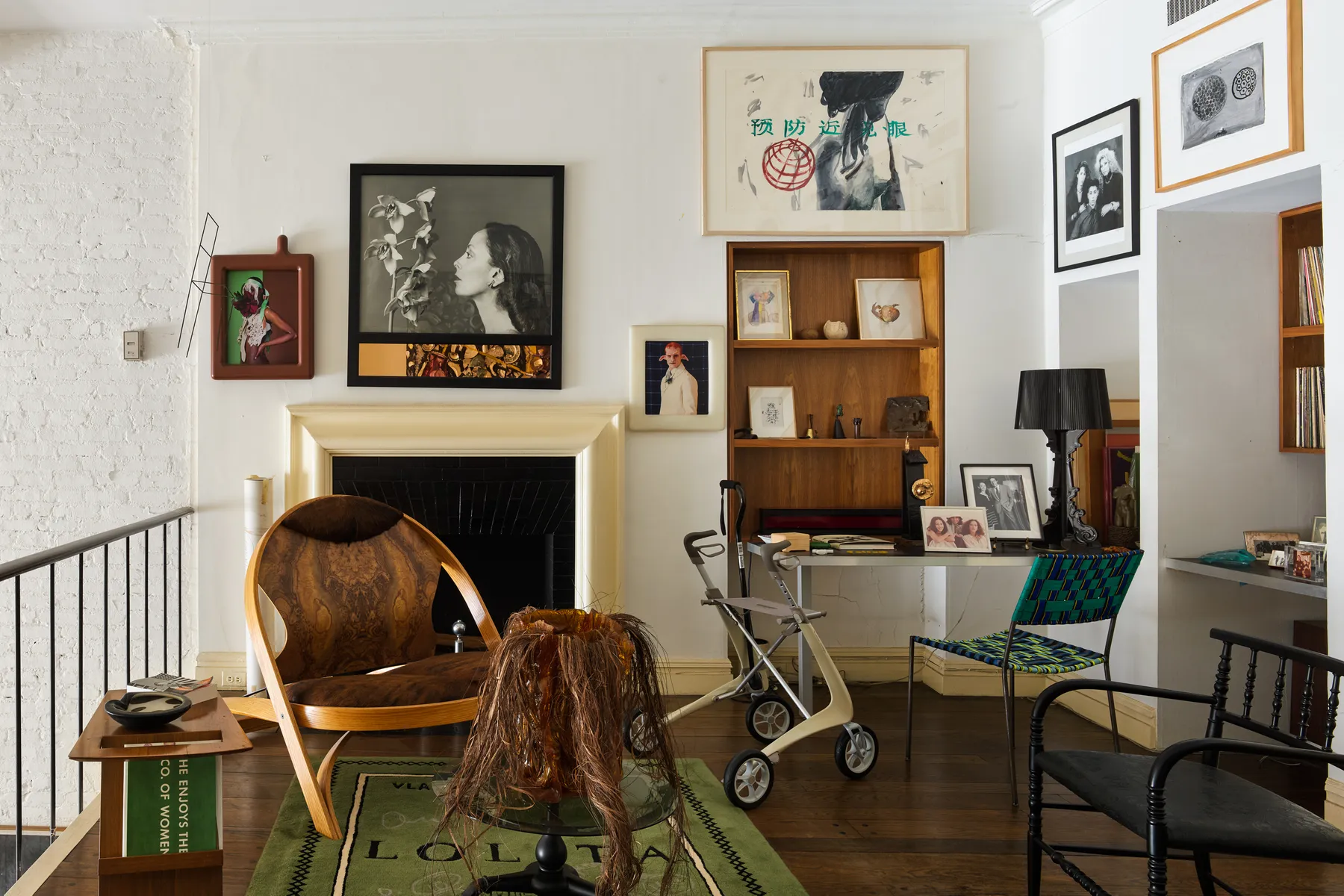
The Collector: Barbara Jakobson
The Collector 27/05/2025
Barbara Jakobson’s Upper East Side home is an open book. Since 1965, the collector and MoMA trustee has filled all five stories with paintings, sculpture, photography, and furniture.
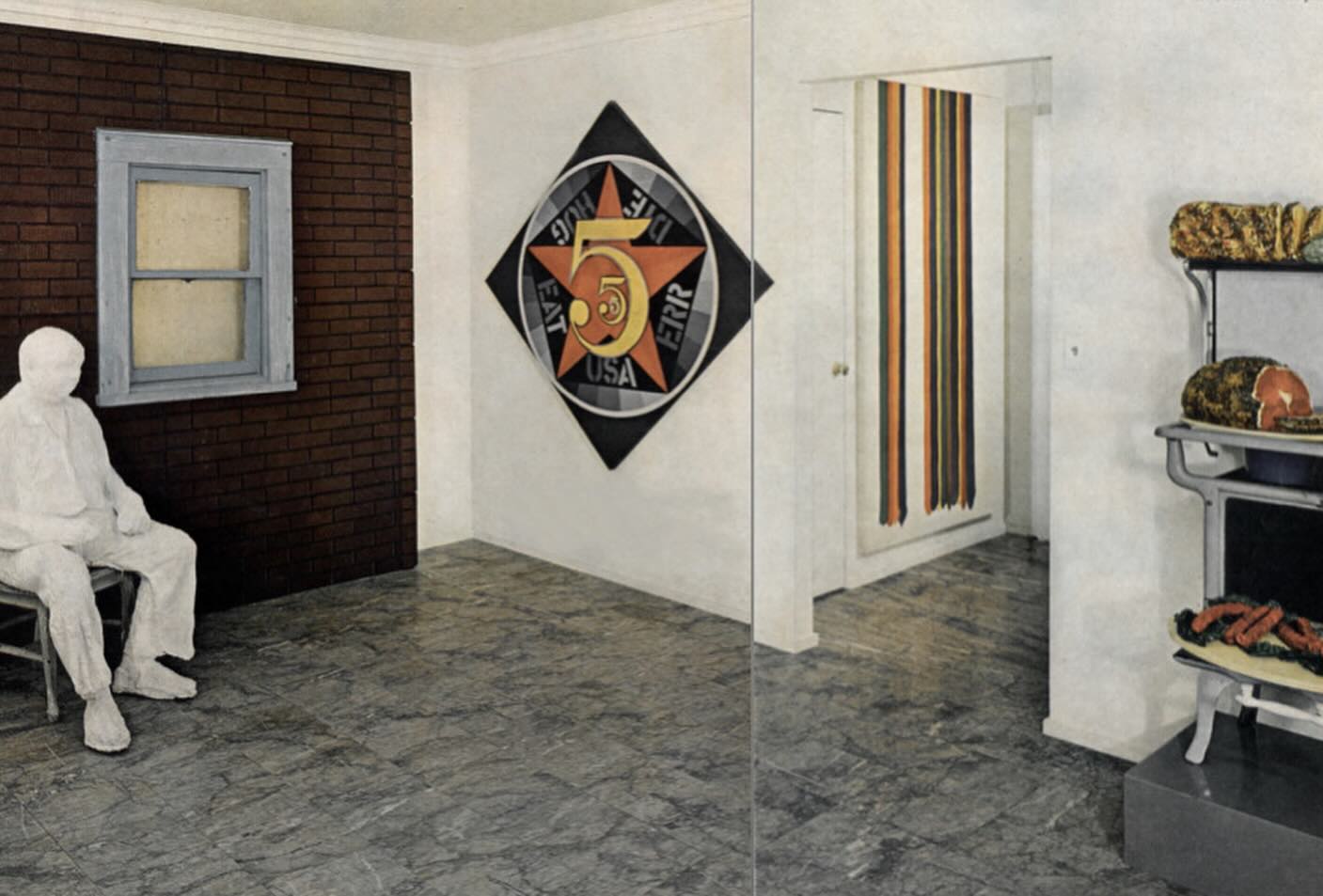
The Collector: Robert and Ethel Scull
The Collector 20/05/2025
In the 1950s, Robert and Ethel Scull began assembling a dazzling collection of Abstract Expressionist pieces.

The Collector: Marcia & Frederick R. Weisman
The Collector 15/04/2025
The late Frederick R. Weisman made his fortune developing Hunt foods and acting as a distributor for Toyota when it was still a little-known Japanese auto company. He and his first wife, Marcia, began collecting art in the 1950s.

The Collection: Emily Hall Tremaine and Burton G. Tremaine Sr.
The Collector 08/04/2025
The art collector Emily Hall Tremaine began building her collection in the 1930s. Initially, she was guided by Chick Austin, the director of Hartford’s Wadsworth Atheneum, who introduced her to other modern art collectors.
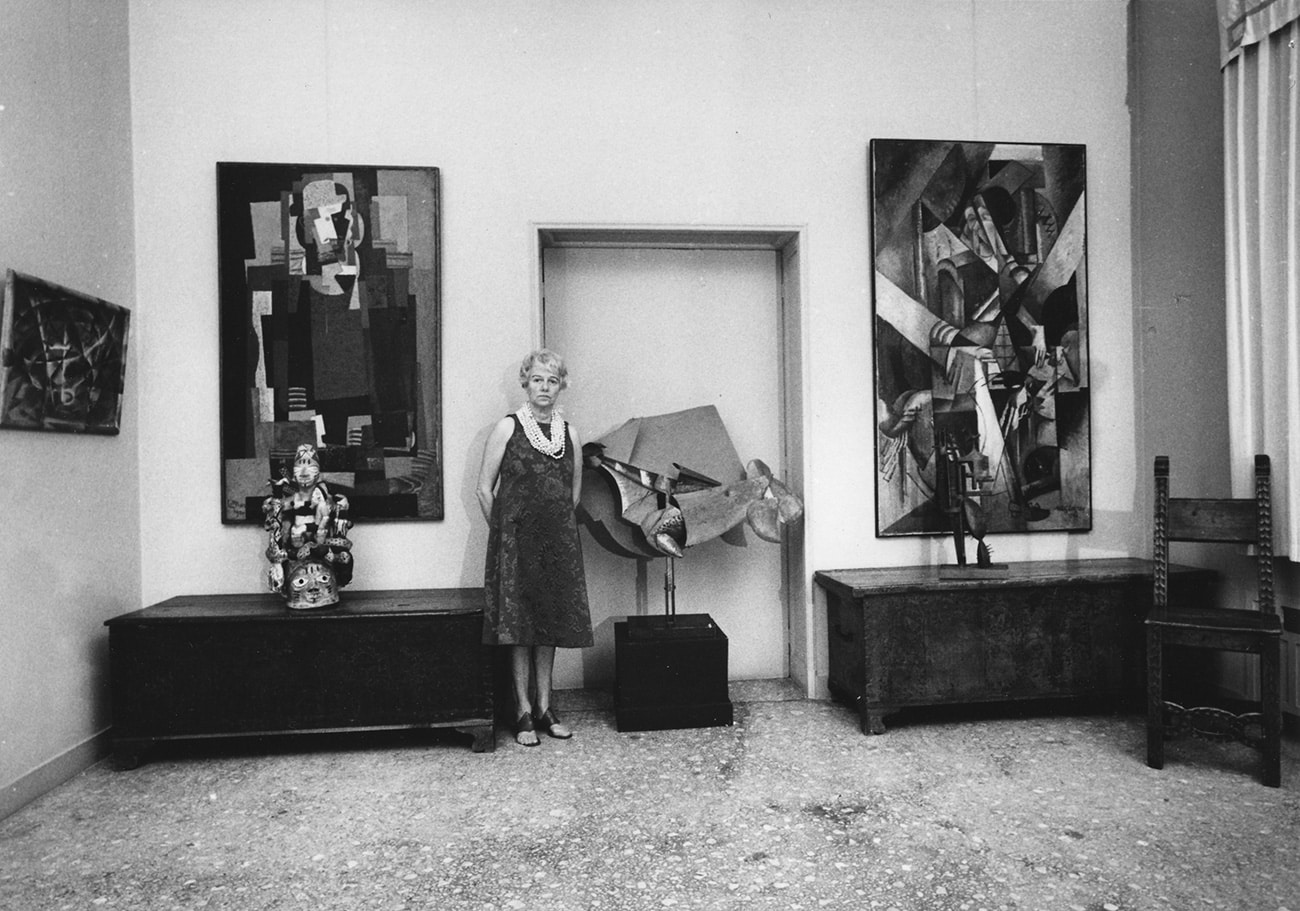
The Collector: Peggy Guggenheim
The Collector 25/03/2025
By the late 1940s, the socialite, patron and collector Peggy Guggenheim was done with New York and moved to an unfinished 18th-century building in Venice.

The Collector: Victor & Sally Ganz
The Collector 20/03/2025
Victor and Sally Ganz were enterprising collectors who paired their art historical savvy with a willingness to take calculated risks.

The Collector: Katherine S. Dreier
The Collector 28/02/2025
Katherine S. Dreier’s treated her West Redding, Connecticut home as a gallery, hosting avant-garde works like Duchamp’s The Large Glass among floral wallpaper.

The Collector: Boschi di Stefano
The Collector 26/02/2025
The Boschi Di Stefano House Museum currently displays around 300 paintings, sculptures, and drawings.

The Collector: Pamela Joyner and Fred Giuffrida
The Collector 20/02/2025
Pamela Joyner and her husband, Fred Giuffrida have curated an impressive collection that focuses on expanding the art history canon to underrepresented artists of color.

The Collector: Nelson Rockefeller
The Collector 17/10/2024
Nelson Rockefeller’s collection at his 810 Fifth Avenue penthouse.

The Collector: Louise and Walter Arensberg
The Collector 01/10/2024
Louise and Walter Arensberg’s Apartment on 33 West 67 St, New York, circa 1918.

The Collector: Marguerite and Robert Hoffman
The Collector 17/09/2024
The Dallas guest house of Marguerite and Robert Hoffman

